Aircraft-sized asteroid will pass Earth at 5.8 mn km, says NASA; Know speed, size and more
An Apollo group asteroid designated as Asteroid 2019 DA1 is expected to pass Earth on March 3, NASA has revealed. Know its speed, size, distance of approach, and other details.

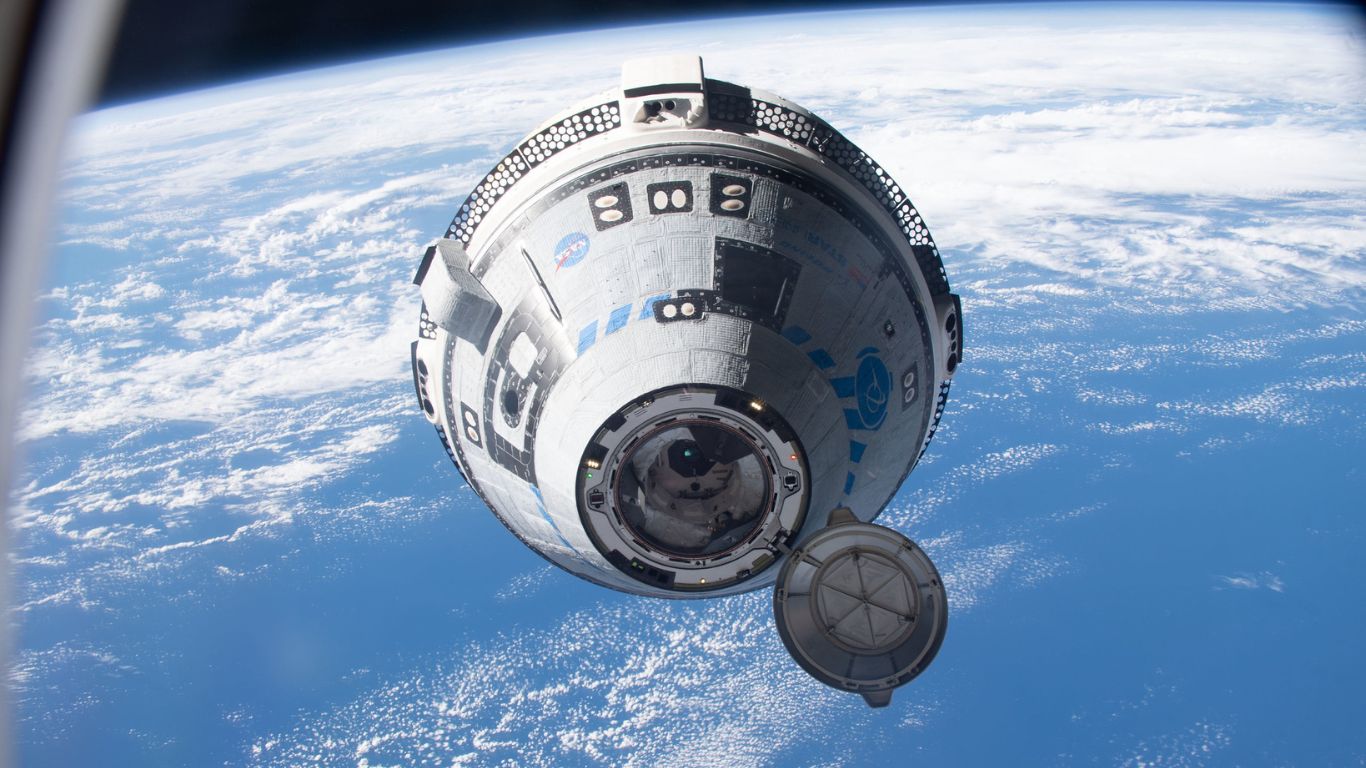
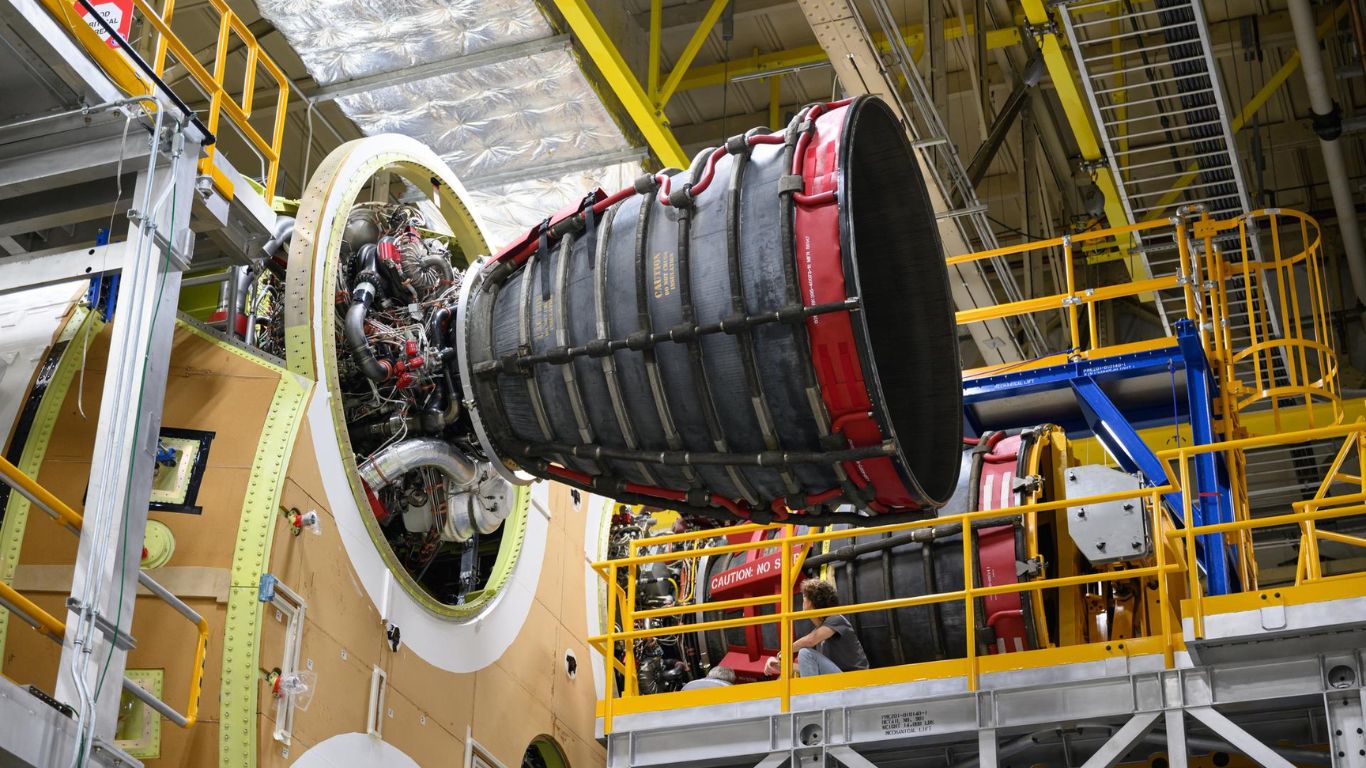
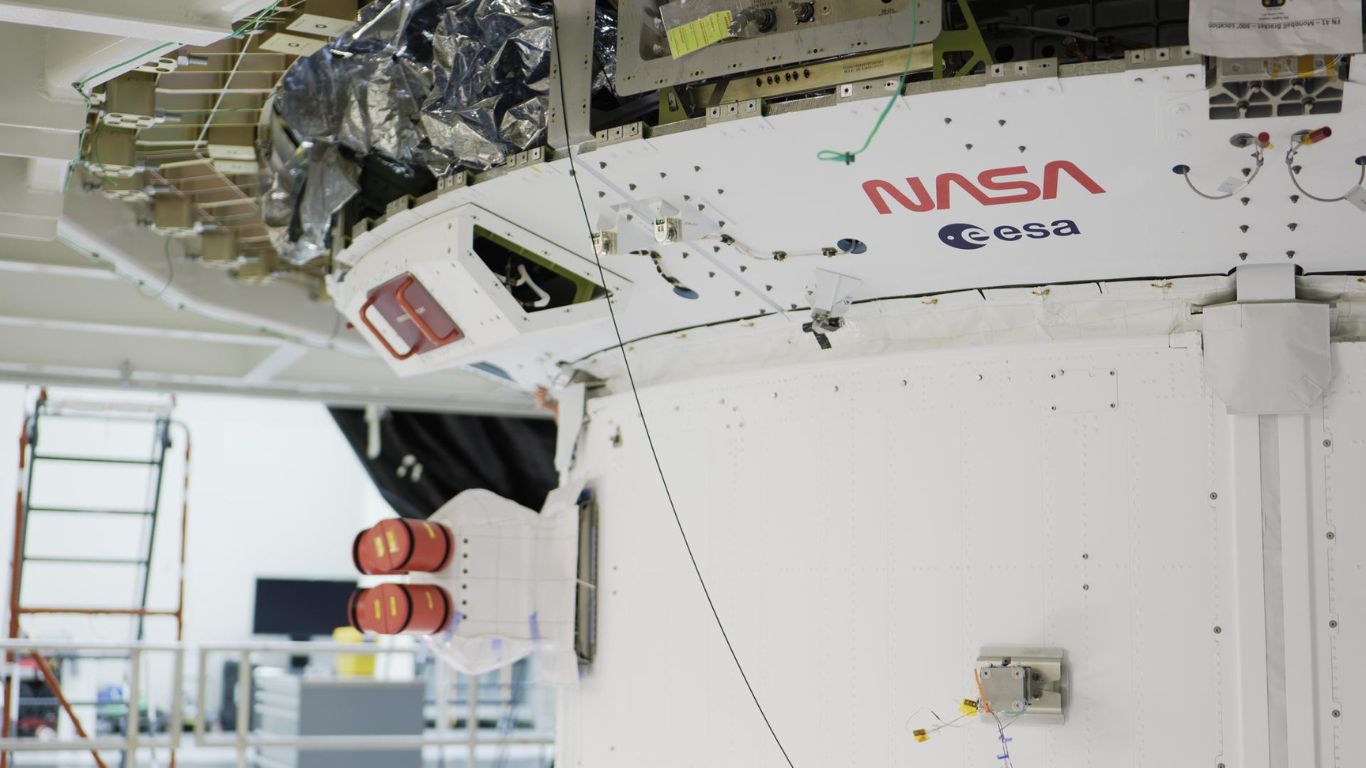
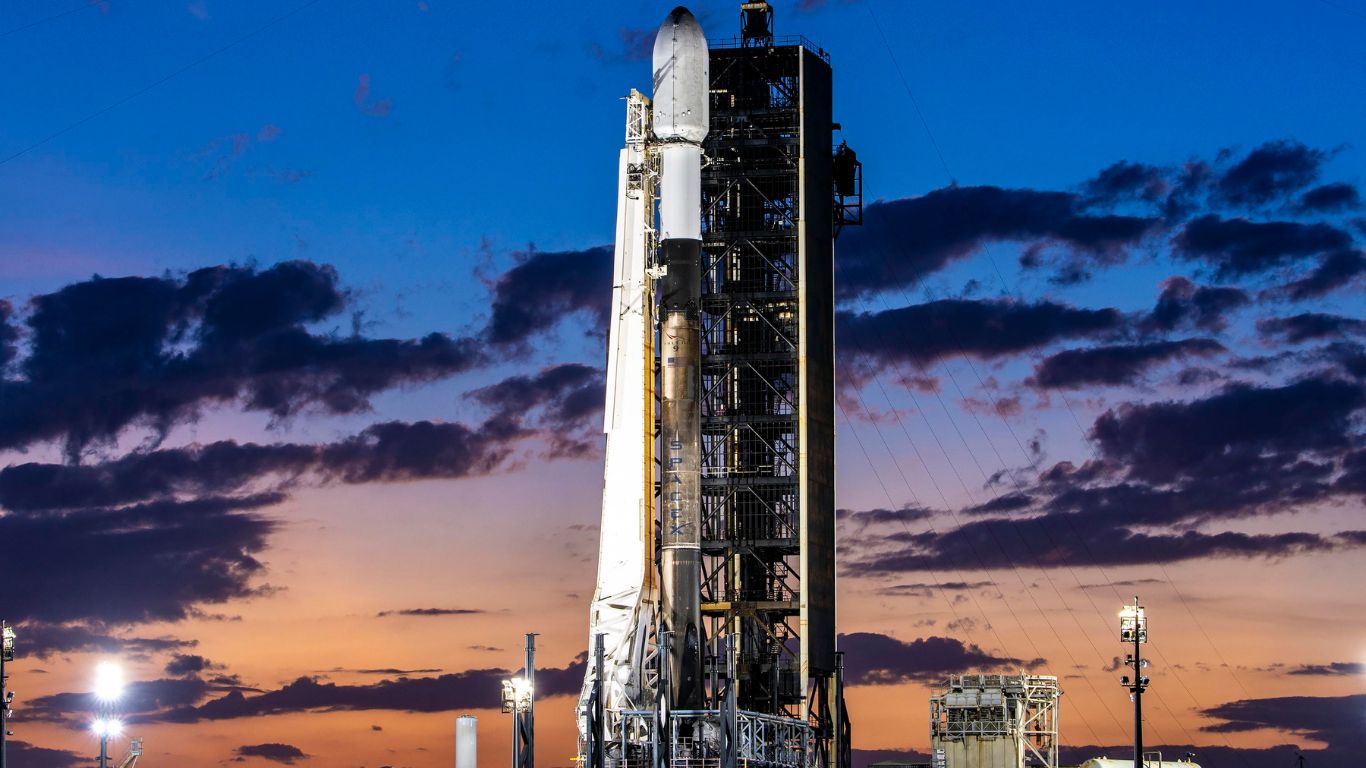

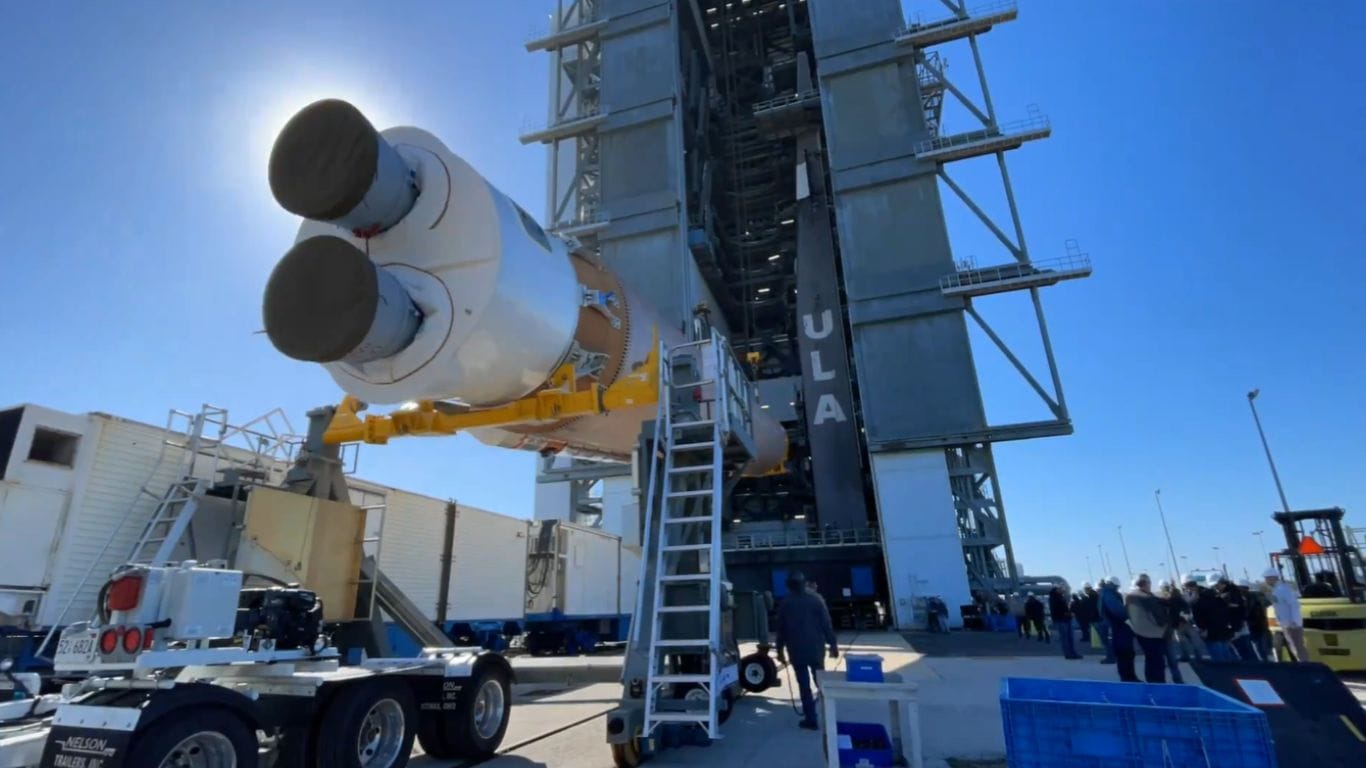
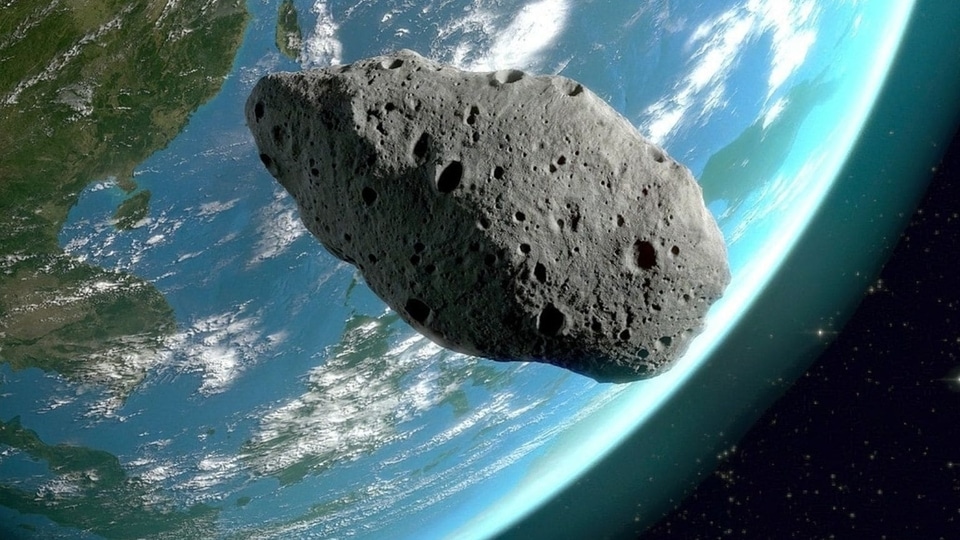
 View all Images
View all ImagesNASA has shed light on an asteroid that is expected to pass Earth at its closest distance on March 3. This close approach follows multiple asteroid approaches last month, including a Potentially Hazardous Asteroid designated as Asteroid 2008 OS7. The asteroid was tracked in its orbit by NASA, with the help of its advanced space and ground-based telescopes. Know all about the close approach.
Asteroid 2019 DA1: Speed, size, and more
The asteroid has been designated as Asteroid 2019 DA1 by NASA's Center for Near-Earth Object Studies (CNEOS). This Near-Earth Asteroid (NEA) is expected to make its closest approach to the planet at a speed of about 48186 kilometers per hour which is much faster than an Intercontinental Ballistic Missile (ICBM)!
During its closest flyby on March 3, the asteroid will pass by the planet at a distance of approximately 5.6 million kilometers. It is important to note that while it has been termed as a Near-Earth Asteroid due to its close distance of passing, it is not expected to actually impact the planet.
It belongs to the Apollo group of Near-Earth Asteroids, which are Earth-crossing space rocks with semi-major axes larger than Earth's. These asteroids are named after the humongous 1862 Apollo asteroid, discovered by German astronomer Karl Reinmuth in the 1930s.
Is it dangerous?
According to NASA, Asteroid 2019 DA1 is approximately 71 feet wide, making it almost as big as an aircraft. However, it does not pose any danger to Earth and has not been classified as a ‘Potentially Dangerous Asteroid' due to its relatively small size. NASA says that only celestial objects larger than 492 feet that pass Earth at a distance closer than 7.5 million kilometers are designated so.
Astonishingly, this is not the first time that this asteroid has come close to the planet. Asteroid 2019 DA1 first came close to Earth on February 16, 1972, when it passed the planet by 45 million kilometers. After today, this Apollo group asteroid will fly by Earth on February 26, 2029, and it will do so at approximately 18 million kilometers.
One more thing! We are now on WhatsApp Channels! Follow us there so you never miss any updates from the world of technology. To follow the HT Tech channel on WhatsApp, click here to join now!
Catch all the Latest Tech News, Mobile News, Laptop News, Gaming news, Wearables News , How To News, also keep up with us on Whatsapp channel,Twitter, Facebook, Google News, and Instagram. For our latest videos, subscribe to our YouTube channel.
































